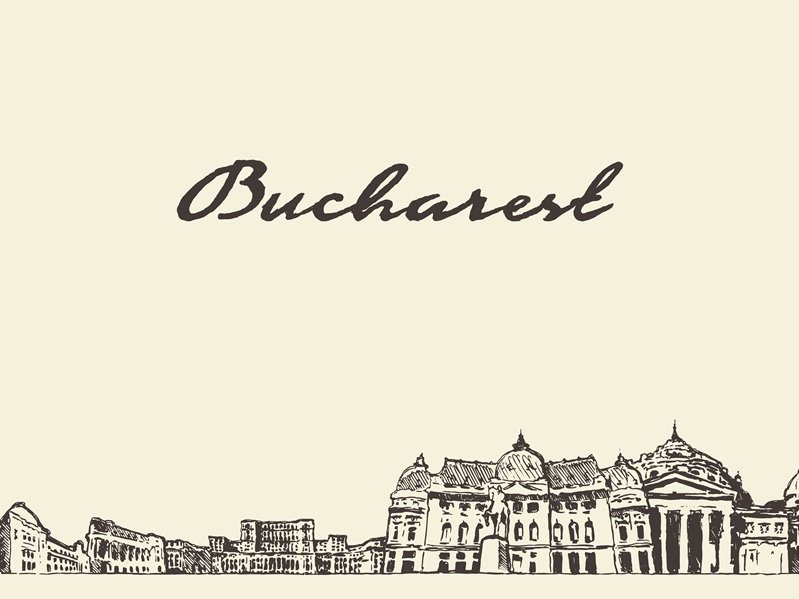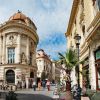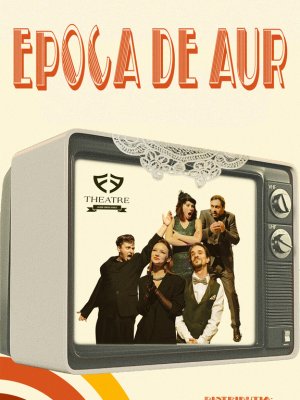Interwar Bucharest, perhaps the most beautiful era of the Capital. What were the main attractions and entertainments of the old city

By Bucharest Team
- Articles
During the period between the two World Wars, Bucharest experienced an age of great cultural and social brilliance. The city, nicknamed the “Little Paris,” offered its residents an impressive variety of leisure and entertainment activities, reflecting the spirit of the time – a perfect combination of European refinement and local character.
Promenades and summer escapes
Bucharesters enjoyed elegant walks along Calea Victoriei or Șoseaua Kiseleff, affectionately called “La Șosea.” Café terraces echoed with violins and animated conversations, while the aroma of freshly baked pies tempted passersby to stop.
In summer, those who could afford it left the city for elite resorts like Eforie Nord or Constanța, where the legendary night parties on the beach at “Coliba Turcului” were unforgettable. Those who stayed in the capital enjoyed public gardens such as Cișmigiu, with its charming rose alley and the “Monte Carlo” restaurant, or the Flora Garden, considered the “paradise of the Capital” for its tranquility and excellent food.
Theaters and dazzling revues
Cultural life in Bucharest was dominated by revue theaters, with Constantin Tănase’s “Cărăbuș” being the highlight of the summer season. The shows, inspired by the political and social life of the time, attracted audiences with dazzling costumes brought directly from Paris and lively dance numbers such as the foxtrot, performed by the famous Milka and Bella.
It was here that Maria Tănase made her debut under the stage name Maria Atanasiu, marking the beginning of a legend in Romanian music.
Modern pools and baths
To escape the summer heat, Bucharesters headed to the city’s modern swimming pools. The most luxurious was Lido, which featured a special pool with artificial waves simulating the sensation of bathing in the sea. After swimming, visitors enjoyed gymnastics sessions or electric massages, while weekends brought water polo matches and aquatic exhibitions. Kiseleff Pool was the athletes’ favorite, while the Popular Pool, nicknamed “Lido-bleu,” gathered people from all social classes.
Cinemas and variety nights
At night, the central streets of Bucharest turned into a Romanian Hollywood. On Elisabeta Boulevard, a row of cinemas – Palace, Capitol, Corso, Femina – competed with bright neon signs. In 1929, the Trianon cinema screened Romania’s first sound film, marking a new era in entertainment.
For those who preferred live shows, variety venues such as “Carlton Bar” or “Chat Noir” offered unforgettable evenings. Maestro Fredoly and his jazz band drew in the fashionable youth, and the varied programs, featuring renowned artists, kept audiences entertained until dawn.
Elegant winters
When winter came, Bucharesters headed to the mountain resorts of Predeal or Sinaia, where a special ski train took them directly from Gara de Nord. In the city, the frozen Cișmigiu Lake turned into a natural skating rink, with weeping willows framing the scene in a fairytale atmosphere.
This golden age of Bucharest, with its refinement and zest for life, remains in collective memory as a magical time. From elegant boulevard strolls to beach parties or revue shows, the city’s social life reflected the optimism and creativity of a generation that knew how to savor the beauty of every moment.
Also recommended Interwar Bucharest through the eyes of famous writers: the city of literary dreams and disillusions






























